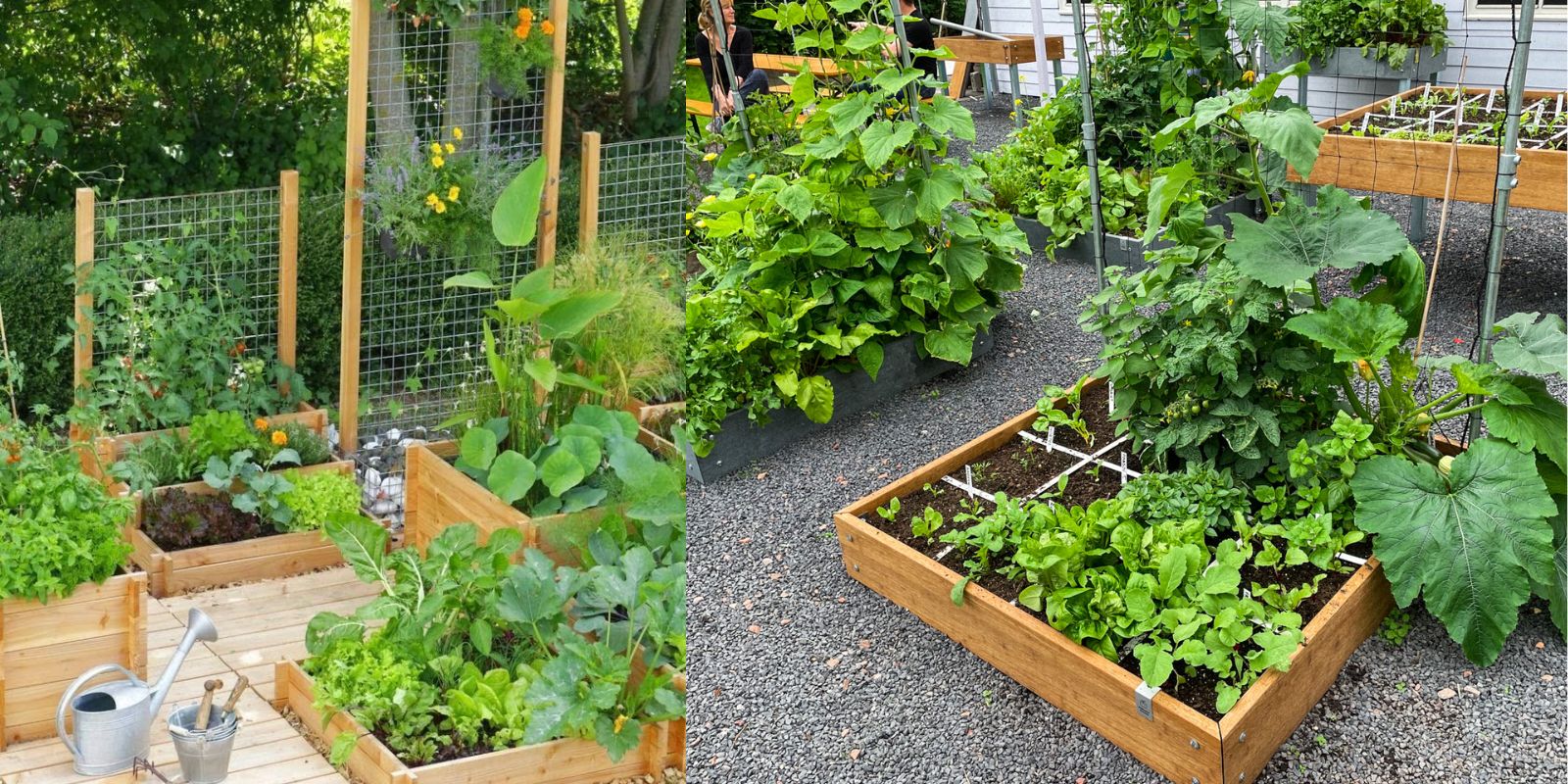Summer is a vibrant and crucial time for vegetable gardening. The longer days and warmer temperatures create the ideal environment for plants to grow, flourish, and provide a bountiful harvest. To make the most of this growing season, it’s essential to follow some key practices to ensure your vegetable patch thrives. Here’s a comprehensive guide to maximizing your summer vegetable garden’s potential.
1. Watering Wisely
Watering is one of the most critical aspects of summer gardening. As temperatures rise, your plants will require more water to stay hydrated and healthy.
- Frequency: Water your vegetable garden early in the morning or late in the afternoon to minimize evaporation. Aim for at least 1 to 2 inches of water per week, either from rainfall or supplemental irrigation.
- Method: Use a soaker hose or drip irrigation system to deliver water directly to the soil, reducing water waste and keeping the foliage dry to prevent disease.
- Deep Watering: Ensure that the water reaches the root zone by watering deeply. This encourages roots to grow deeper into the soil, making plants more drought-resistant.
2. Effective Mulching
Mulch is a gardener’s best friend during the hot summer months. It helps to conserve moisture, suppress weeds, and regulate soil temperature.
- Types of Mulch: Organic mulches such as straw, grass clippings, or wood chips are excellent choices. They decompose over time, adding nutrients to the soil.
- Application: Apply a 2 to 4-inch layer of mulch around your plants, taking care to keep it a few inches away from the plant stems to prevent rot.
- Benefits: Mulch helps to reduce soil temperature, which is especially beneficial for root crops and leafy greens that can be sensitive to heat.
3. Fertilizing for Growth
Plants need a steady supply of nutrients to grow and produce a high yield. Summer is a critical time for fertilization, as plants are actively growing and setting fruit.
- Type of Fertilizer: Use a balanced fertilizer or one specifically formulated for vegetables. Look for a mix with equal parts nitrogen (N), phosphorus (P), and potassium (K), or one with higher phosphorus and potassium content if you want to boost flowering and fruiting.
- Application Schedule: Fertilize your vegetable patch every 4 to 6 weeks during the growing season. Follow the instructions on the fertilizer package to avoid over-fertilizing.
- Organic Options: Consider using organic fertilizers like compost, aged manure, or fish emulsion, which provide slow-release nutrients and improve soil health.
4. Pruning and Supporting Plants
Proper pruning and support can significantly impact your garden’s productivity and health.
- Pruning: Regularly remove dead or yellowing leaves to improve air circulation and reduce the risk of disease. For certain plants like tomatoes, pinch off the suckers (side shoots) that develop between the main stem and branches to focus energy on fruit production.
- Supporting Structures: Use stakes, cages, or trellises to support tall or sprawling plants. This keeps them off the ground, reducing the risk of rot and making harvesting easier.
- Training Vines: For climbing plants such as cucumbers and pole beans, gently guide the vines onto the support structures to encourage vertical growth.
5. Pest and Disease Management
Summer can bring an increase in pests and diseases that threaten your vegetable garden. Regular monitoring and prompt action are essential.
- Inspection: Check your plants frequently for signs of pests such as aphids, caterpillars, or spider mites. Look for symptoms of disease like spots, wilting, or mold.
- Organic Control: Use natural remedies and organic pesticides to manage pests. Neem oil, insecticidal soap, and homemade garlic sprays can be effective.
- Prevention: Practice crop rotation to prevent soil-borne diseases and use companion planting to repel pests. For example, planting marigolds can deter nematodes and other harmful insects.
6. Timely Harvesting
Harvesting your vegetables at the right time ensures the best flavor and quality.
- Ripeness: Pick vegetables when they are mature but still tender. For example, cucumbers should be firm and green, and tomatoes should be fully colored.
- Regular Harvesting: Harvesting regularly encourages plants to produce more fruit. This is especially important for crops like zucchini and beans, which can become overgrown if not picked frequently.
- Storage: Store harvested vegetables properly to extend their shelf life. Most vegetables should be kept in a cool, dry place or refrigerated.
7. Additional Summer Care Tips
- Weed Management: Regularly remove weeds that compete with your vegetables for water and nutrients. Mulching can help to reduce weed growth.
- Soil Health: Conduct a soil test to check nutrient levels and pH. Amend the soil as needed with lime, sulfur, or other amendments to maintain optimal growing conditions.
- Shade: Provide temporary shade for plants that are sensitive to intense summer heat. Shade cloths or row covers can help protect plants from scorching temperatures.
Conclusion
By following these essential summer gardening tips, you can ensure that your vegetable patch remains productive and healthy throughout the growing season. From proper watering and mulching to managing pests and harvesting, each step plays a crucial role in maximizing your garden’s potential. Embrace the summer growing season with confidence, and enjoy the rewards of a flourishing vegetable garden.
Motivation: Dive into your summer garden with these expert tips and watch your vegetable patch thrive like never before! 🌿🍅 #SummerGarden #VegetablePatch #GardeningTips #GrowYourOwn #GardenSuccess #HarvestSeason

